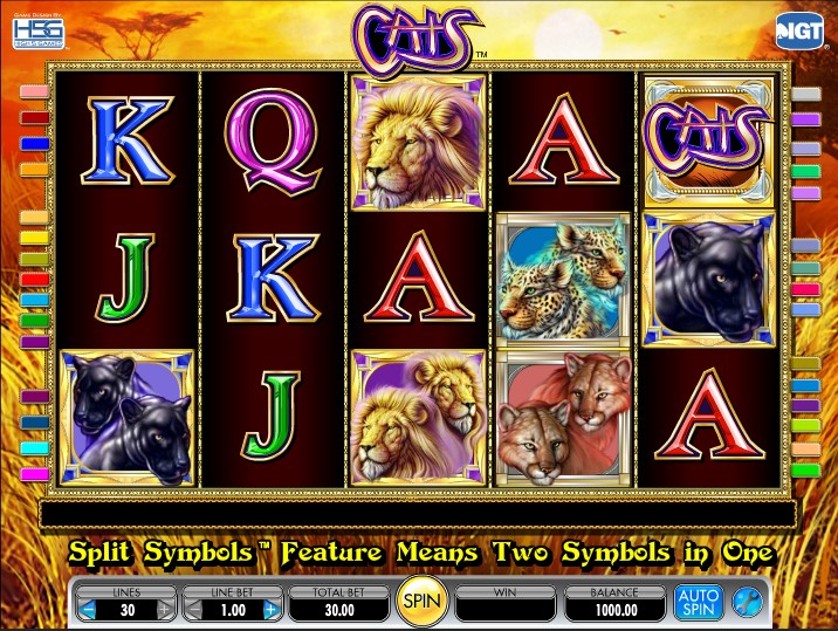Demystifying Blockchain Technology: A Complete Guide to its Role in Cryptocurrency
In the ever-evolving landscape of technology, few innovations have garnered as much attention and intrigue as blockchain. Originally introduced as the underlying technology powering Bitcoin, blockchain has since transcended its initial purpose and found applications in various industries, with cryptocurrency being one of the most prominent.

In this comprehensive guide, we’ll delve into what blockchain technology is and how it is utilized within the realm of cryptocurrency.
Understanding Blockchain Technology
At its core, blockchain is a decentralized, distributed ledger technology. Unlike traditional centralized systems where a single entity controls the database, blockchain operates on a network of computers (nodes) that collectively maintain the ledger. Each block in the chain contains a list of transactions, and once verified, it is linked to the previous block, creating a chronological and immutable record of transactions.
The key features of blockchain include:
1. Decentralization: No single authority has control over the entire network, enhancing security and transparency.
2. Transparency: All transactions are visible to every participant in the network, promoting trust and accountability.
3. Immutability: Once a transaction is recorded on the blockchain, it cannot be altered or deleted, ensuring data integrity.
4. Security: Cryptographic techniques such as hashing and encryption secure the data, making it resistant to tampering and fraud.
Role of Blockchain in Cryptocurrency

Cryptocurrency, a digital or virtual form of currency secured by cryptography, relies heavily on blockchain technology for its operation. Here’s how blockchain is utilized in cryptocurrency:
1. Transaction Verification: When a user initiates a cryptocurrency transaction, it is broadcasted to the network for validation. Miners, specialized nodes with computational power, compete to solve complex mathematical puzzles to validate and add the transaction to the blockchain. This process, known as mining, ensures the integrity and security of the network.
2. Consensus Mechanisms: Blockchain networks employ consensus mechanisms to achieve agreement among nodes regarding the validity of transactions. Popular mechanisms include Proof of Work (PoW), Proof of Stake (PoS), and Delegated Proof of Stake (DPoS).
3. Wallets and Addresses: Cryptocurrency wallets utilize blockchain technology to store private keys, which are essential for accessing and managing digital assets. Wallet addresses, derived from public keys, serve as unique identifiers for sending and receiving cryptocurrency on the blockchain.
4. Smart Contracts: Smart contracts, self-executing contracts with predefined rules and conditions, are deployed on blockchain platforms like Ethereum.
Conclusion
Blockchain technology has revolutionized the way we perceive and interact with digital assets, particularly in the realm of cryptocurrency. Its decentralized nature, coupled with its robust security features, has made blockchain the cornerstone of trust and innovation in the digital age.
To delve deeper into the world of blockchain and cryptocurrency, visit Tech Rays, where you’ll find a wealth of resources and insights to keep you informed and empowered in this rapidly evolving landscape.



